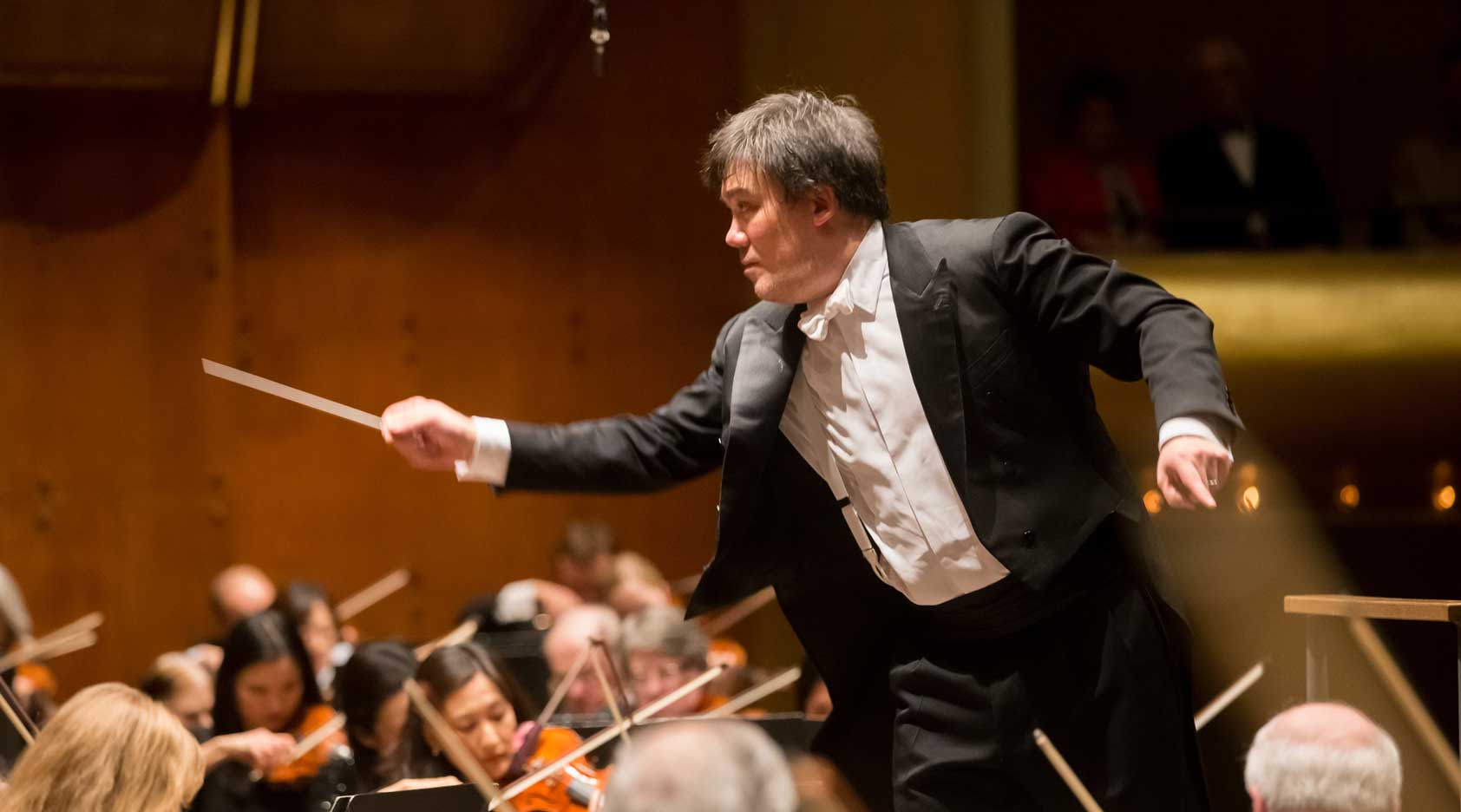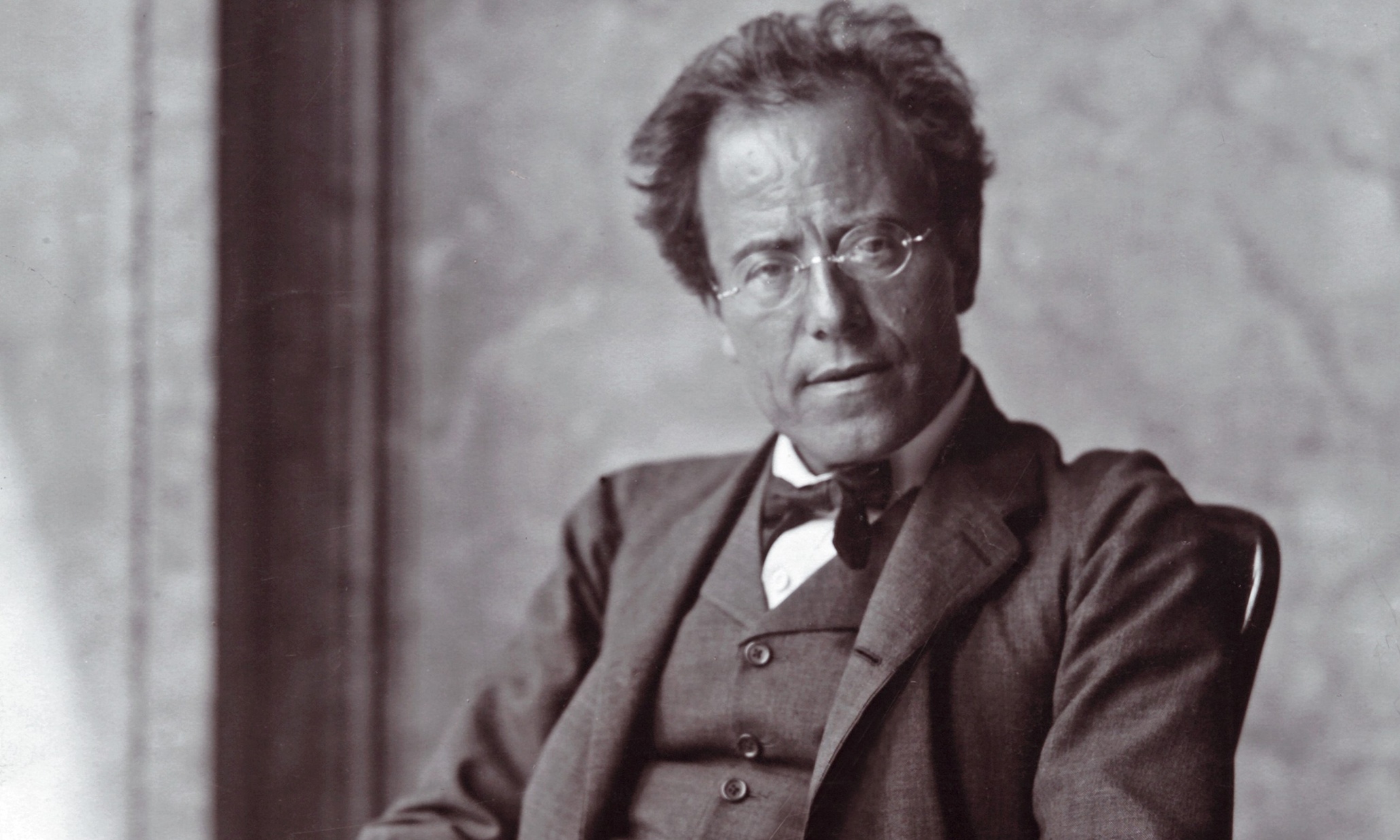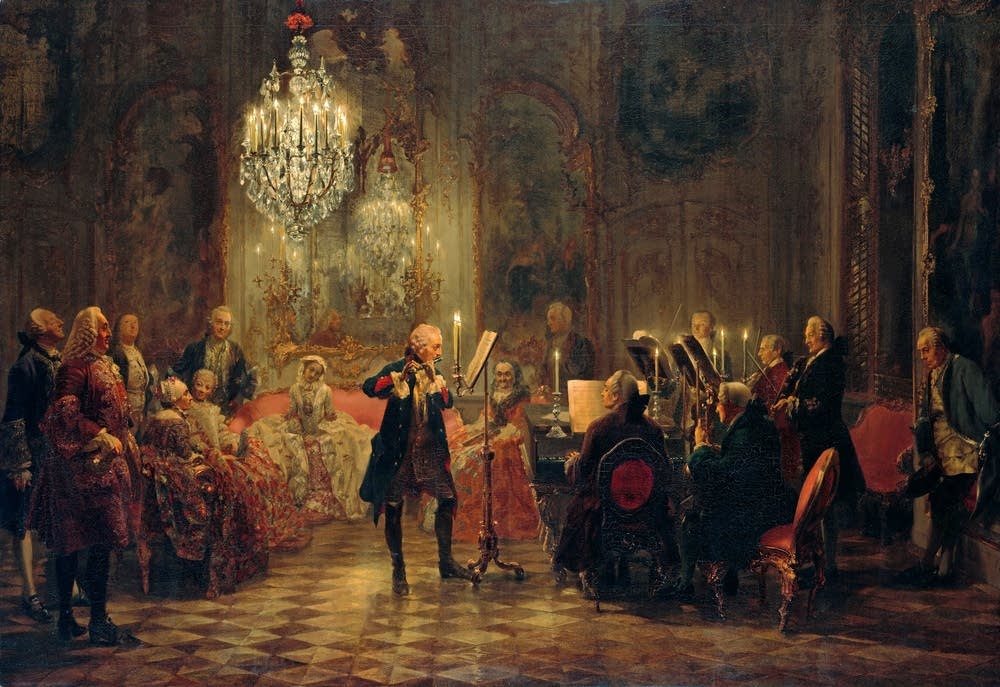Dvořák in Houston
No, Antonín Dvořák never made it to Houston. When the famous Czech composer ventured onto the Iowa prairie during the summer of 1893, his “New World” Symphony just completed, the sprawling metropolis-to-be was only in its infancy. But Dvořák’s music has taken center stage over the past few years with a series of live-concert recordings by conductor Andrés Orozco-Estrada and the Houston Symphony on the Dutch Pentatone label. In this brief video, Orozco-Estrada talks about the …







